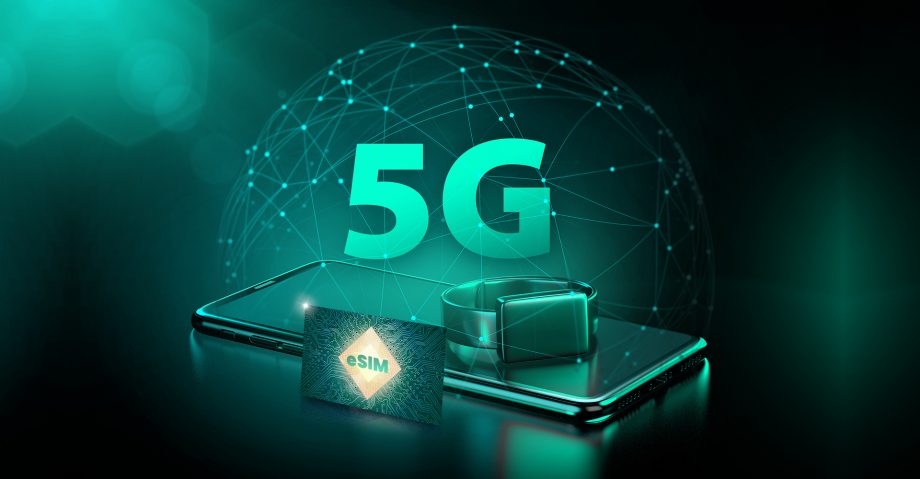How e-SIM Solutions can Resolve your Connectivity Needs?

Technology is redefining the premise of interconnected lifestyle, evolving from essential mobility solutions to hyper-connectivity in the Internet of Things. As a result, the use of connected devices is steadily expanding, and the GSMA estimates that by 2023, mobile connections will account for around 4.8 per cent of global GDP. Earlier, organizations utilized interchangeable SIM cards for a considerable time to connect and verify Internet-enabled devices with a specific mobile network operator (MNO) in each area. But the increase in demand for flexible network switching options is why network operators prefer e-SIM for the smart generation these days.
e-SIM Benefits: Experience the seamless action
e-SIM stands for an embedded sim that is directly integrated in the device making it connection-ready right from the start. Being a zero-touch technology, e-SIM has multiple benefits:
- Works seamlessly across the world
- Easier to switch to temporary networks
- Uses less physical phone space
- Less expensive than paying roaming costs while abroad
- Have space for two sim slots
New systems can be enabled and monitored online during their entire lifecycle, starting with the production process. This implies that organizations may simultaneously launch many geographically dispersed systems, allowing them to amplify their capacity without difficulty. The e-SIM’s permanent embedding into the device ensures data security since it can’t be detached and stolen. Consequently, businesses can effectively regulate device access and usage.
Benefits of an e-SIM for Device Manufacturers
- Universal mobilization of IoT devices
The global market for cellular connections is an assemblage of MNOs and accessibility standards. If you want to sell a product in several national markets, you’ll need to interact with the carriers present in each location. You can hard-wire this flexible MNO connectivity into your devices via an e-SIM. - Ease of Accessibility in Inventory Management
Manufacturers rely on complex and costly stock-keeping units (SKUs) and identification codes for product lines when using detachable SIM cards for numerous MNO partnerships to manage inventory and logistics. A SIM card for one MNO needs one SKU; a device intended for a different market with a different MNO requires a separate SKU. You may utilize the same module for all of your devices with a multi-carrier e-SIM, giving you the visibility of a single SKU. - Proficient and Economical Product Setup
With an e-SIM, you don’t need to set up MNO connections before shipment. Instead, you can use a bootstrap account to access any network with minimal bandwidth while deploying a minimum viable product to test the market. Then, when you’re ready to upscale, you may supply the e-SIM for local MNO connection after you’ve reached the expansion stage of the launch.
Due to market demands, e-SIM technology is gaining traction and will coexist with traditional SIM technology for a long time. In addition, e-SIM will encourage new revenue streams for organizations and communication service providers.
